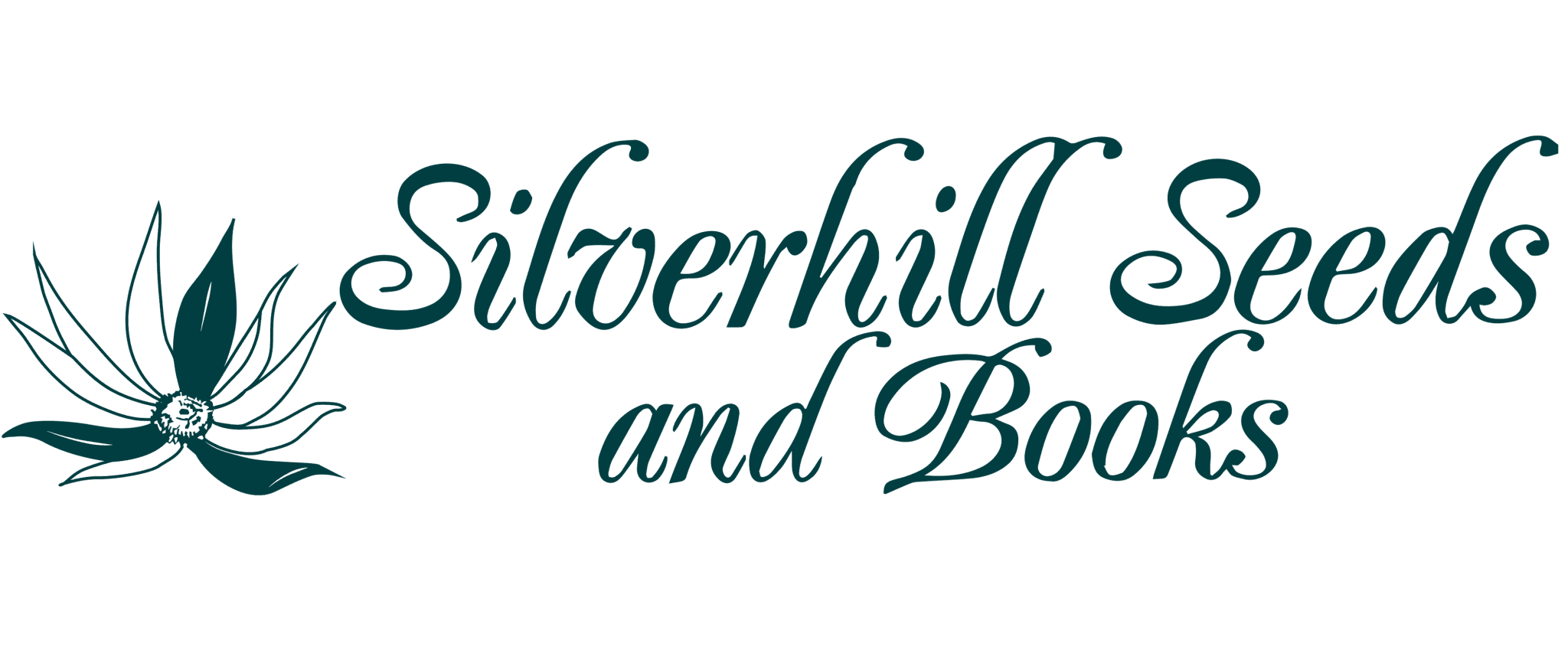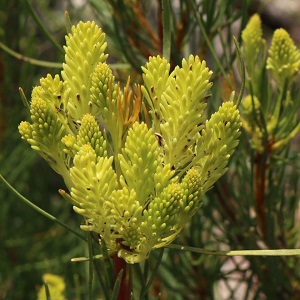Description
PROTEACEAE
“Sugarbush”
Tree/shrub reaching 4m
Long narrow leaves
Open pollinated mixture of Red and White “flowers”
Involucral bracts red/white and sticky during Winter and Summer
Adaptable and variable
Good cut flower
Should be sown in Autumn when the difference between day and night temperatures is about 12°C .
Growing Hints
Proteaceae – Should be sown in Autumn when the difference between day & night temperatures is about 12°C . The same conditions may be found in spring, when day temperatures are over 22°C and night temperatures are below 10°C. This is important, as Proteaceae will not germinate without this temperature difference.
Germinating Protea
- Well drained acidic sandy medium produces good results.
- Pre-sowing treatment of some Proteaceae increases their germination percentage considerably and decreases the losses due to fungus infections.
- If you have problems with seedlings damping off, then we recommend a pre-emergence fungicide called Apron XL
Smoke Treatment –
- Enclosure for smoking: Metal frame, cement floor, large sheet of thick transparent plastic with sand on the outside to seal the edges. Size for approx. 16 large seed trays or approx. 50 small trays 3m x 1m x 0.65m high.
- Sow the seed on top of soil mix. Leave small seed uncovered. Cover other seed with a thin layer of milled bark – just cover the seed. Do not water.
- Place the seed tray in the frame, cover with the plastic sheet and make airtight.
- Through an opening at one of the sides pump smoke (bee smoker is great for this) produced from burning a mixture of mainly dry grass, a few twigs of indigenous shrubs, dry Passerina twigs and leaves, and once this is burning well, add a handful of fresh Passerina twigs. The smoke should fill the enclosure in 5-10 minutes and should be dense.
- Seal the enclosure and leave for 2-3 hours after which the smoke should have disappeared.
- Take the seed trays out and place them in seedhouse. Water immediately. Seed should be always kept quite moist. Germination to be expected after 3-4 weeks
Soak seed in hot water at exactly 50°C for 30 minutes. Spread out to dry & dust lightly with fungicide such as Thiram.
Sow seed immediately after treatment in seed trays or beds. Use a well-drained acidic medium with a pH of about 5.5. This should consist of 2 parts peat or decomposed pine needles, 2 parts coarse river sand (NOT builder’s sand or sea sand), & 1 part perlite or polystyrene pellets. If possible, the sowing medium should be sterilised – this will decrease the chances of fungus infections.
Place seeds approximately 2cm apart & cover with a thin layer of clean river sand. Keep seed trays in semi-shade, & protect against mice, birds, squirrels etc by covering with shade net or wire mesh. Water with a fine rose or spray & do not allow the seed trays to dry out at any time.
DO NOT germinate Proteaceae in hot houses, with bottom heat or under glass.
“I would not recommend using only pumice as the WHC is almost nothing – it is very much like perlite. You will need some form of organic material like peat to hold onto moisture and nutrients”.
As soon as the first true leaves appear, transplant the seedlings into 1 litre bags or pots containing the same soil as above. Choose a cool day or late afternoon to minimise heat stress. Water immediately after transplanting. The seedlings should then be planted out into their permanent position within 6 months.
DO NOT use fertilizer or manure, as the surface root system of the plants will be burned. If you want to feed the plants, use an organic plant food such as a fish or seaweed emulsion. For the commercial production of Proteas, there are some suitable low phosphate slow-release fertilizers available.
Mulching with well-rotted compost or wood chips helps keep down the weeds, retain moisture, cool the roots & supply some nutrients. DO NOT dig or cultivate around Proteaceae the fine surface root system will be disturbed, & the plants may die. Weeds should be pulled out or cut.
“I have also germinated them between damp hessian although you need to remove the young, germinated seed soon after germination before the roots grow into the hessian, otherwise the roots are damaged when removed from hessian” – Anthony Hitchcock





